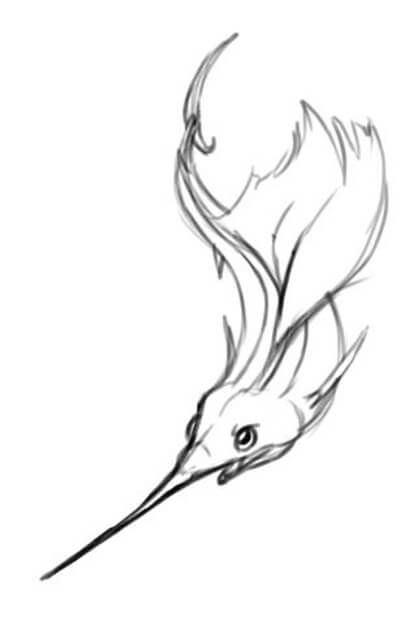Message From the Founders

The human brain possesses the incredible capacity to change its own structure to learn, adapt, master, and even repair itself. We call this phenomenon plasticity, and its mysterious effects can happen at any age. Neuroscientists passionately strive to unlock these secrets. The prize - improved cognition, wellness, attention, mood, and even the potential to repair the brain after damage.
What has been discovered in the last decade is that experiential technology (interactive games, virtual and augmented reality, haptic interfaces, etc.) can exploit and augment plasticity. Hundreds of studies published over the past decade show that specific types of commercially available digital games that require visual spatial navigation, rapid decision making and focus, etc., have remarkable “transfer” effects. That is, training on these experiences have lasting effects outside of mastery of the actual experience, including: perception, attention, motor skills, and cognition. We are in the beginning of a new field of medical therapeutics: digital behavioral interventions. Although experiences can have deep effects upon the brain, scientists are only scratching the surface by analyzing off-the-shelf games that were intended as commercial entertainment. Building therapeutic interventions requires building experiences ground up, incorporating art, design, production, and technology at the highest levels of professional excellence. The very cause of these effects stem from the thoughtful crafting of an experience, at a level typically found at Disney, Pixar, or Apple; a level unfortunately all too rare in an academic institution or medical device company.
We started Kata to bridge the gap between professional experiential production and neuroscience, clinical neurology, and medical hardware. We strive to build experiences and technology from the ground up, with a focus on mission, and at a level that is consistent with the best productions in the industry. We mirror the thousands of hours that go into a level design in a video game, but with the crucial difference that the focus is on the subtleties required for patient treatment or wellness. Our designs require high-frequency iterative development with patients and users in countless game-play sessions in which they provide crucial feedback. Characters have been painstakingly crafted to elicit profound emotional responses. Some of the requirements for patients or the elderly population in this space are qualitatively different from what is needed in the entertainment marketplace. That said we have also understood the critical artistic similarities.
The core ethos of Kata is that the challenge of complex movement has profound benefits for cognition, wellness, and brain repair. Specifically, there is growing evidence that complex motor movement can have cognitive benefits that go beyond what has been reported for exercise alone. When designing experiences to treat motor impairments after stroke, maximizing rigorous and dynamic motor input is a requirement. New interactive technologies will allow people to engage in diverse and complex motor movements, even in the home, which was previously impossible.
Overall it has been a very exciting journey, combining art, medicine, technology, and neuroscience. We continue to build, discover, and craft immersive experiences, side by side with physicians, physical therapists, and scientists, with the common goal of pushing clinical care and wellness forward. We believe this is only possible by having a mission focused design group embedded in an academic hospital. Ultimately, we wish to scale and perfect these innovations into other hospitals. Kata is a true hybrid of academia, and industry, doing what neither can do in isolation. This website is a peek into the ethos and design philosophy behind Kata and hopefully provides the impetus for its expansion, partnerships, and growth.

Omar Ahmad
John Krakauer
Founders, Kata
